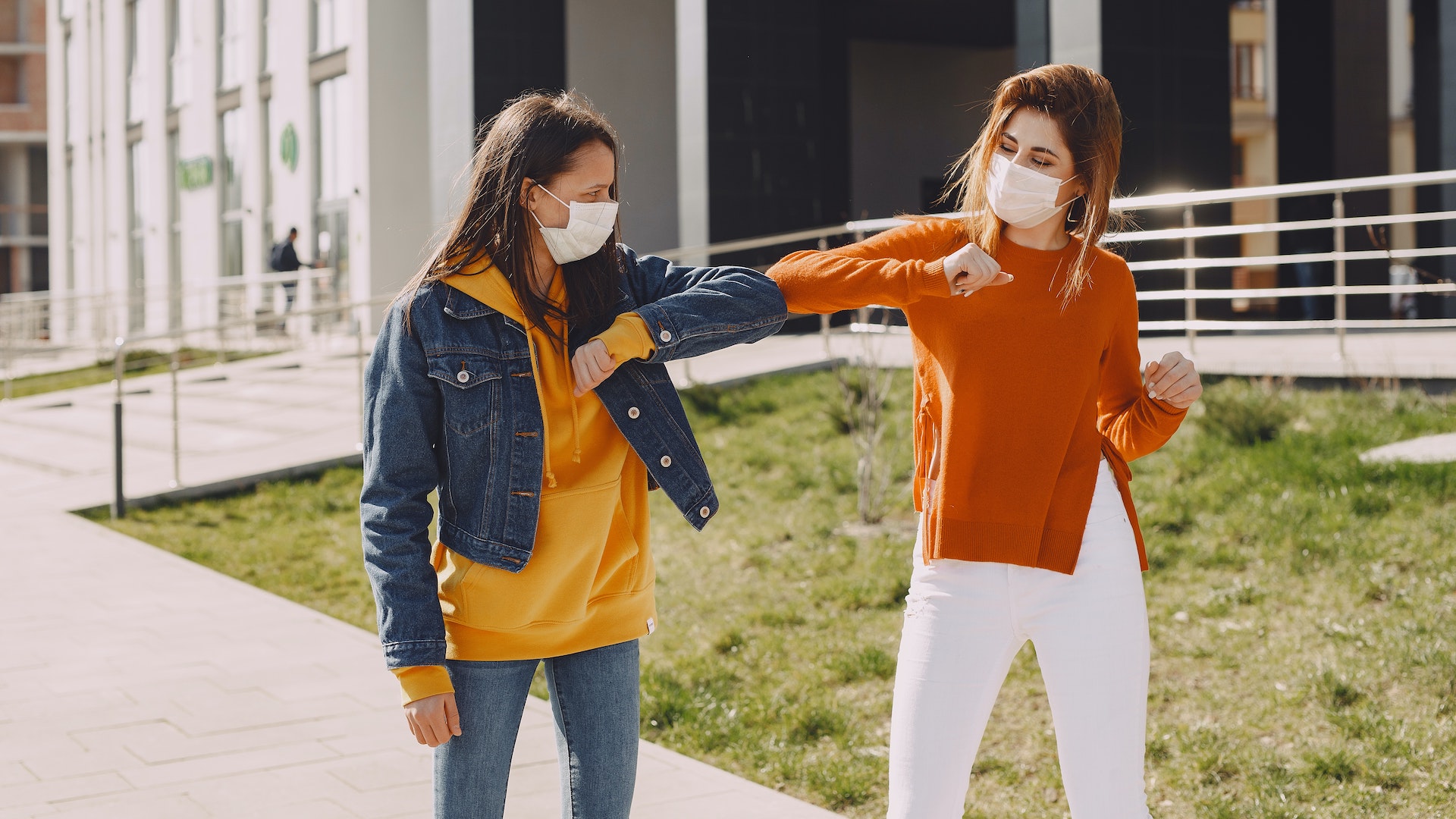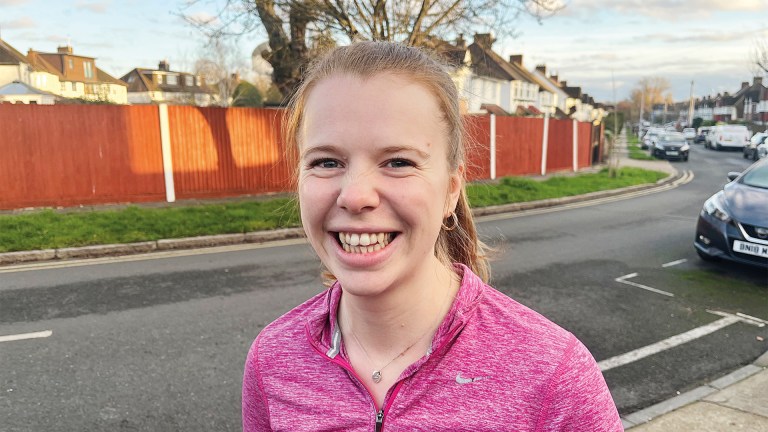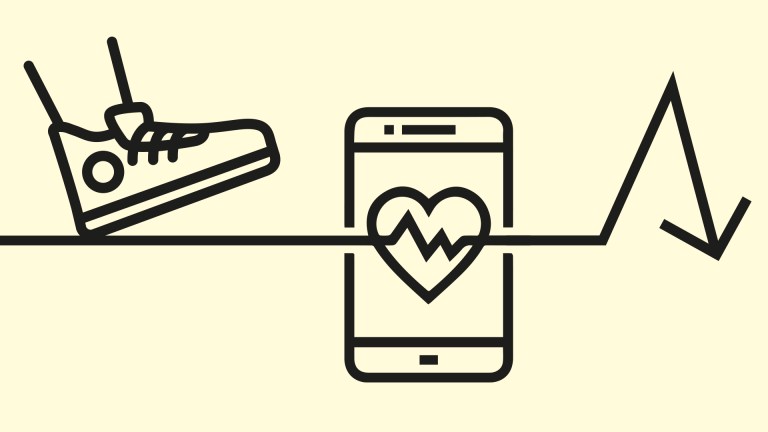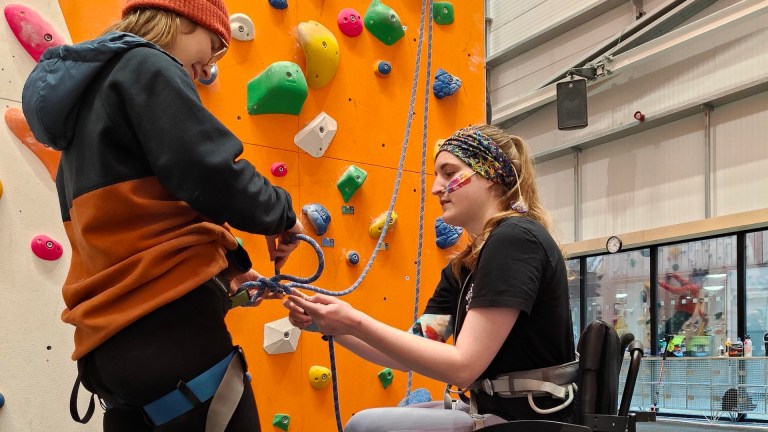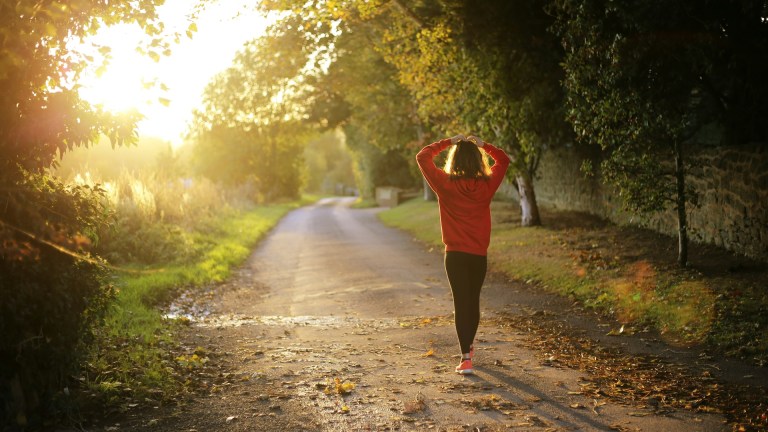We may be beating the virus, yet many have been left with a chronic fear of reintegrating back into the physical world. Many are experiencing a mix of post-lockdown anxiety, fears and worries.
As a therapist over the past year of lockdown I have listened to countless clients talk about “living with daily dread”. The uncomfortable feeling that ambushes them physically in their bodies with nightly teeth grinds, aches and pains, to churning, upset stomach and even irregular heart-beat patterns. The effects on their minds can turn inward with feelings of tension, nervousness, worry and anxiety. Ruminating over “what if” scenarios and imagining the worst of everything.
Yet life with anxiety was alive and thriving long before the pandemic.
Modern life has encouraged us to think of anxiety as a malady that needs a cure. However, anxiety is a natural human reaction and instinct that is a teacher to us all, and our ancestors, that danger lurks. So our body responds with a fight, flight or freeze response. The only difference is today we are less likely to be hunted and eaten by a dangerous wild animal. Our busy lives have just drowned out our ability to truly listen to our bodies and trust what they are telling us.
It has been a year of risks to our wellbeing Constant news streams have warned us against contact with other humans and the risks we face if we catch the virus. Habitually reading and hearing that there’s danger will naturally set off a mental alarm that shows up in our bodies as stress and anxiety.
Our brains are fertile grounds for fear of the unknown, so we engage in catastrophising, over-thinking hypothetical situations and going in spirals of negative self-talk. Many people live on this rollercoaster of anxious high alert. We have come to fear the anxiety response itself, instead of listening to what it is trying to tell us.
